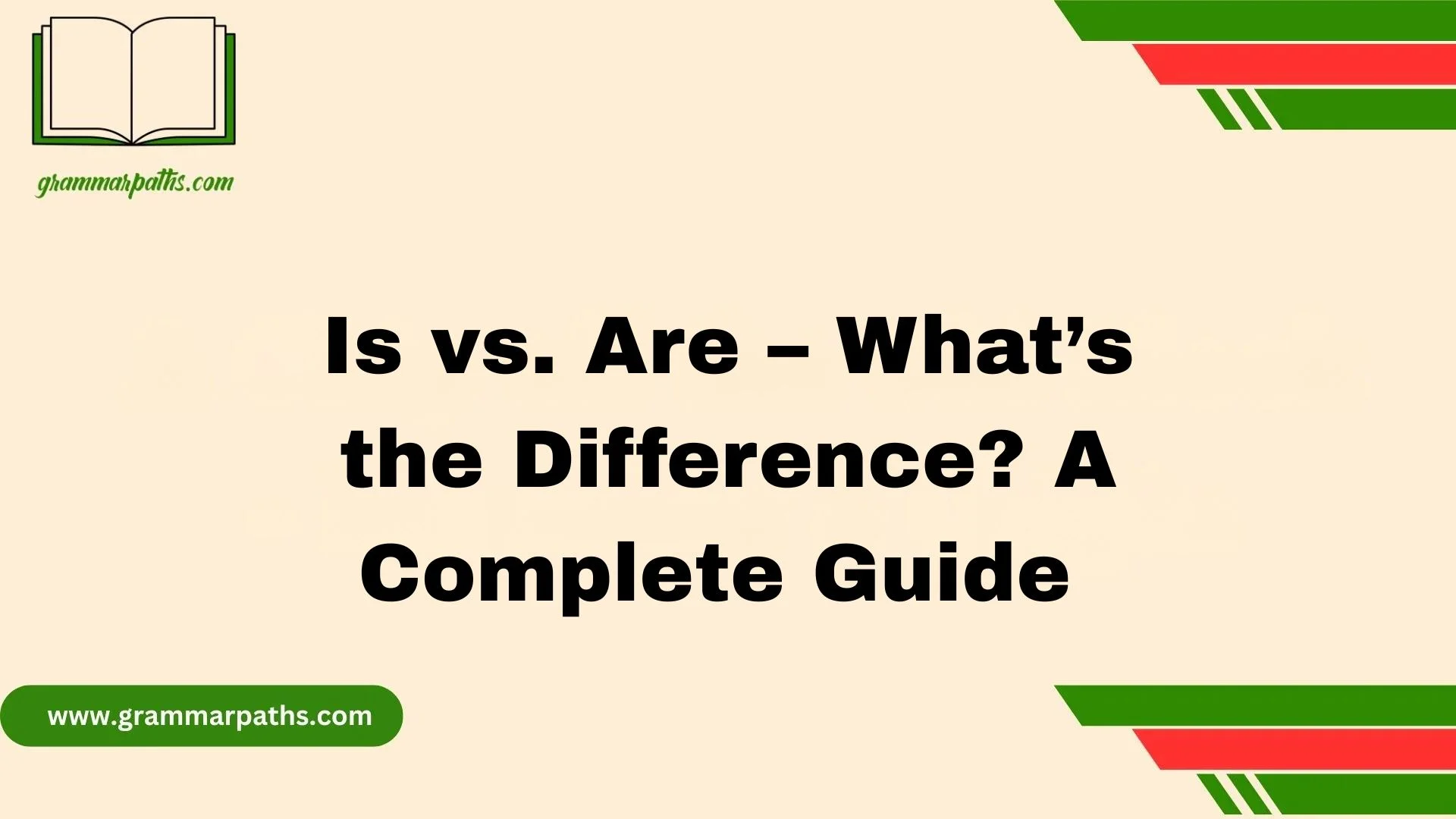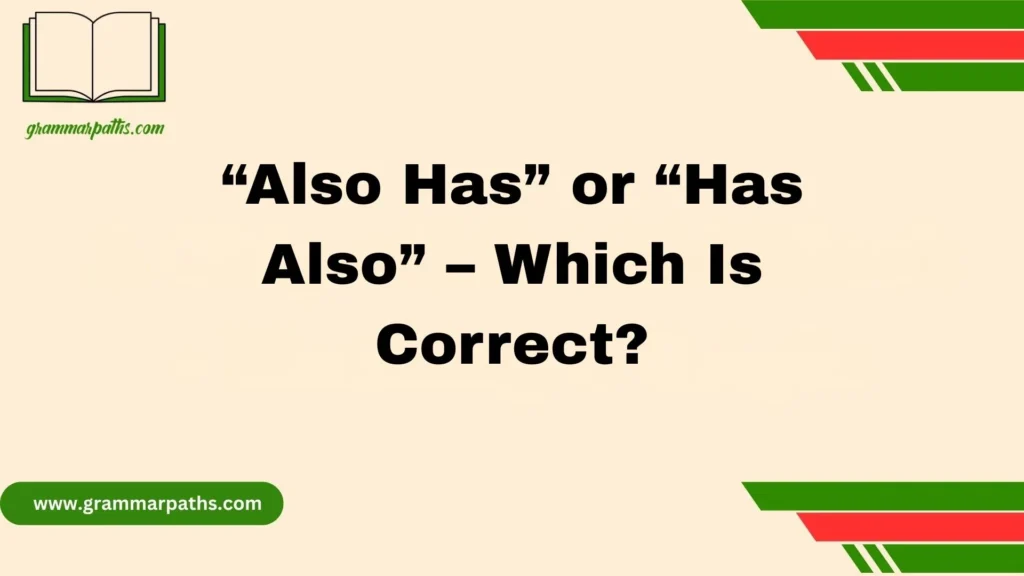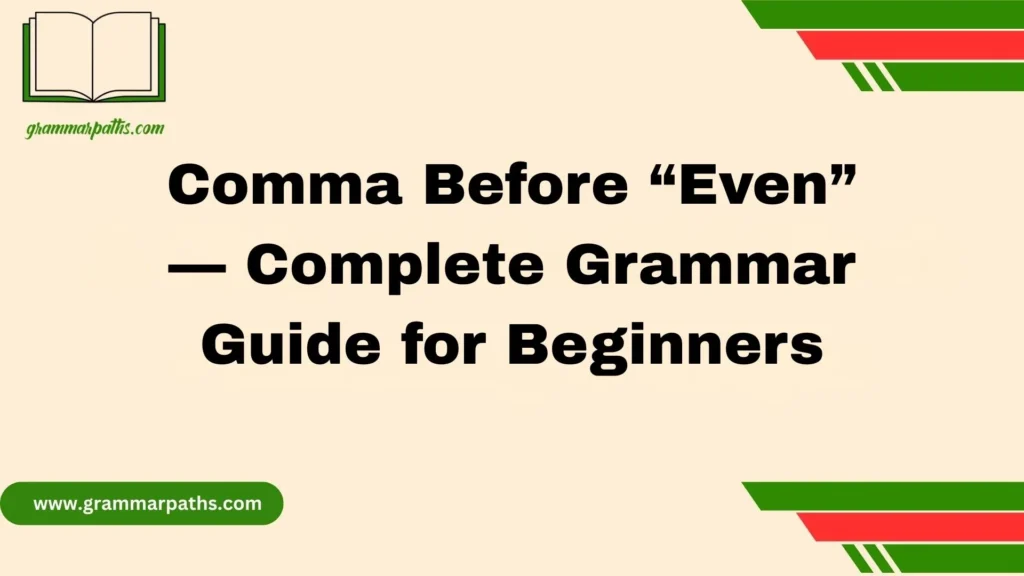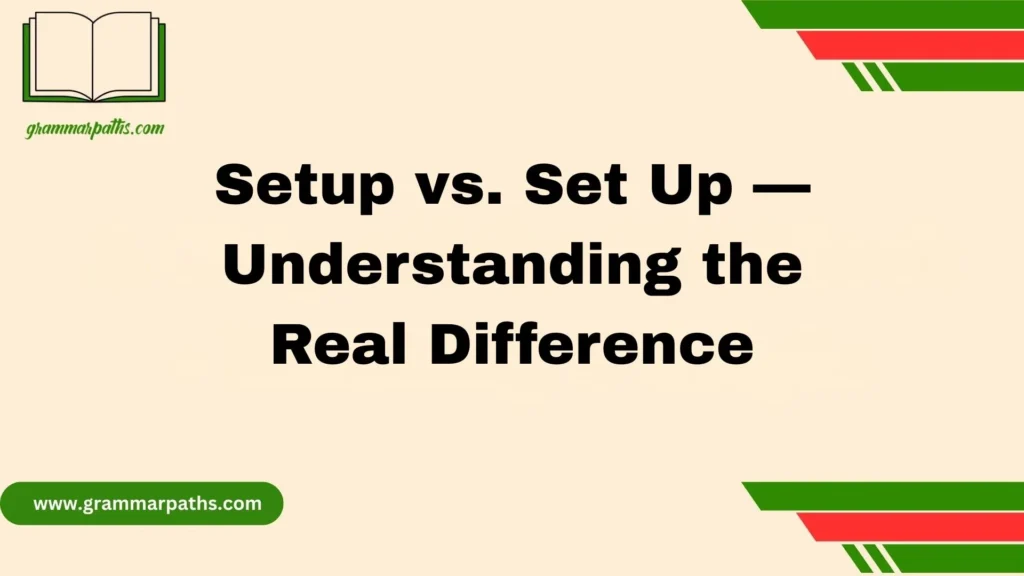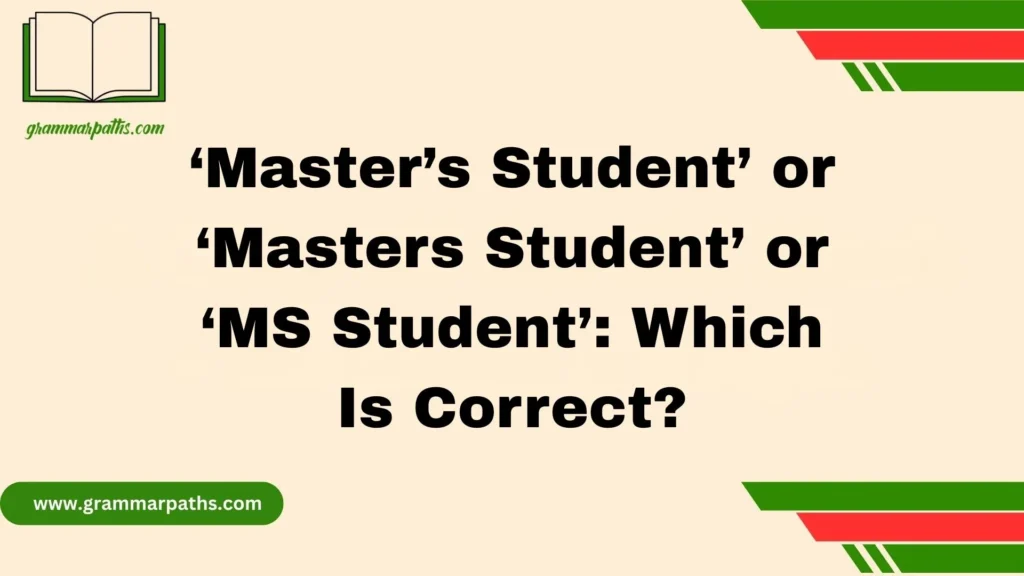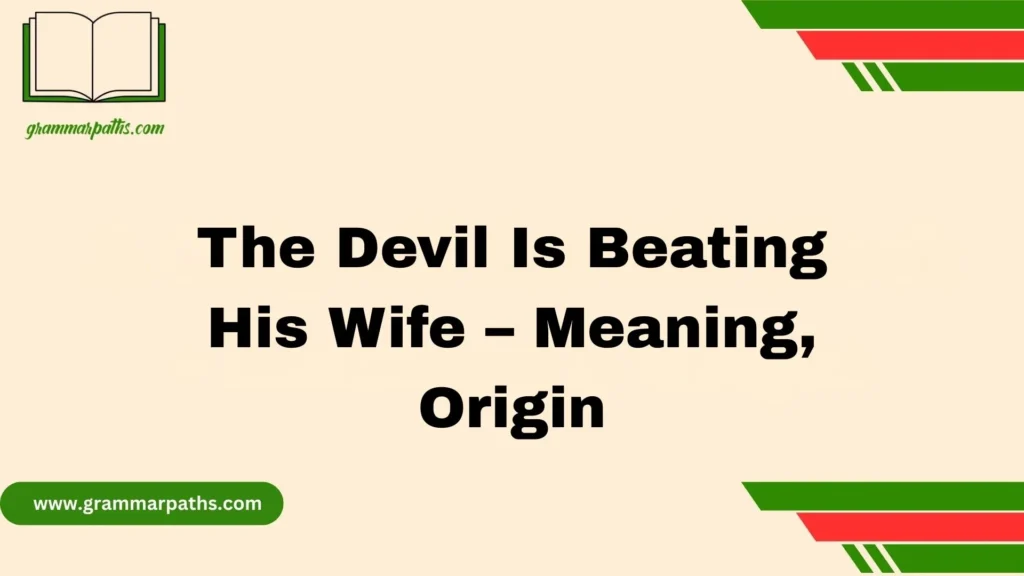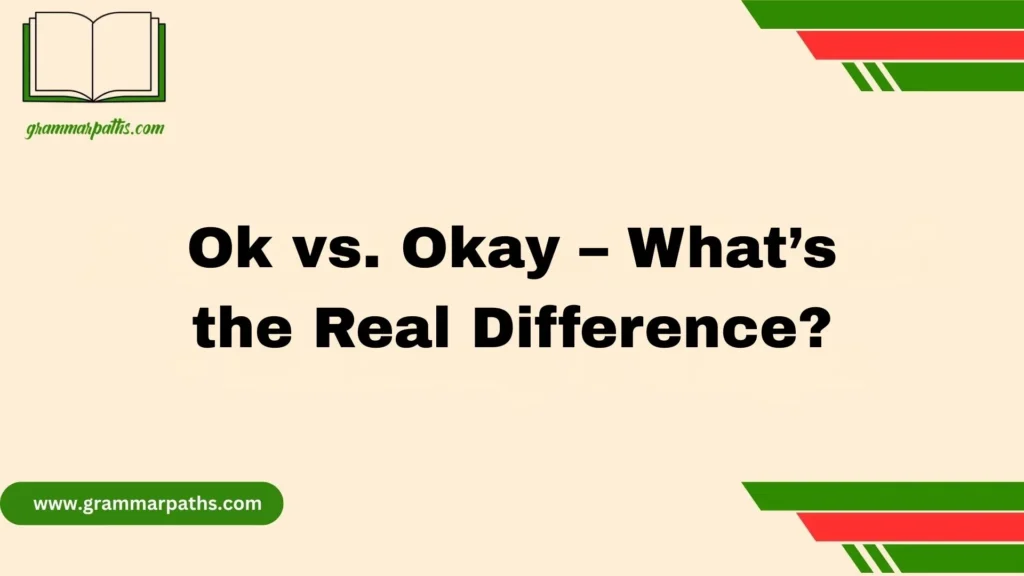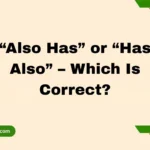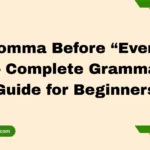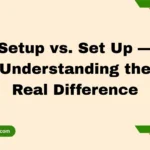When I first started teaching American English, one of the most common and sometimes confusing lessons for learners was the difference between is and are. Both come from the verb to be, which describes existence, condition, state, or identity. The choice between them depends on the subject. For a singular third-person subject, we typically use is, while for everything else, we use are. For example, “She is happy,” but “They are excited.” This rule may sound simple, yet it becomes tricky depending on the tense or the type of nouns we’re dealing with.
In my experience, collective nouns like “team” or “family” can cause confusion. In American English, we typically treat a group as singular, so we say, “The team is winning.” However, mass nouns like water or sand also take is, because you can’t count them individually. Things change when you add a phrase like a number of, a group of, or a pair of — each affects which one to use and when. For instance, “A number of people are here,” but “A pair of shoes is missing.” These small details may seem minor, yet they reflect how deeply English grammar connects meaning with structure.
Understanding the Verb “To Be”
Before diving into the difference between “is” and “are,” let’s start with their parent verb: “to be.”
The verb “to be” is one of the most flexible and commonly used verbs in the English language. It can describe existence, identity, condition, or state. In present tense, it takes three main forms:
| Subject | Verb Form | Example |
| I | am | I am happy. |
| He / She / It / Singular noun | is | She is studying. |
| You / We / They / Plural nouns | are | They are waiting. |
The form changes depending on the subject. That’s what we call conjugation—when a verb changes form to match the subject, time, or voice.
In short:
- Use “is” with singular subjects.
- Use “are” with plural subjects.
But English wouldn’t be English without exceptions—and we’ll tackle those soon.
The Heart of the Rule: Subject-Verb Agreement
Every complete sentence needs a subject (the doer) and a verb (the action or state). These two must agree in number—that is, singular subjects take singular verbs, and plural subjects take plural verbs.
Think of it like teamwork. If one player is off, the game feels wrong. Likewise, if the subject and verb don’t match, the sentence sounds awkward or incorrect.
Examples:
- She is a great teacher.
- She are a great teacher.
- They are learning English.
- They is learning English.
A quick trick: Find the real subject first, not the words closest to the verb. That’s often where writers trip up.
When to Use “Is”
The word “is” pairs with singular subjects or third-person singular pronouns—he, she, it—or any single thing or idea.
General Rule:
If your subject refers to one person, place, thing, or concept, use “is.”
Examples:
- The dog is barking.
- My phone is charging.
- She is my best friend.
- It is raining outside.
But it doesn’t stop there. English throws a few curveballs.
Special Cases with “Is”
1. Uncountable Nouns
Uncountable nouns—like advice, information, furniture, money, water—act as singular even though they represent a group or mass.
Example:
- This information is valuable.
- Money is hard to earn but easy to spend.
2. Abstract Ideas
When the subject is an abstract concept like happiness, honesty, or time, use “is.”
- Honesty is important in leadership.
- Time is a precious resource.
3. Titles, Time, and Money
Even if a title or amount seems plural, it’s treated as singular because it refers to one entity.
Examples:
- Ten dollars is too much for that pen.
- The United States is a large country.
- “The Avengers” is showing at 8 PM.
4. Collective Units Viewed as One
Sometimes, a group is treated as one whole.
- The team is winning.
- The staff is working late tonight.
Quick Tip: If you can replace the subject with “it,” you probably need “is.”
When to Use “Are”
The word “are” works with plural subjects and the pronouns you, we, they. It signals that the subject involves more than one person or thing.
Examples:
- The dogs are barking.
- We are going shopping.
- You are my favorite people.
- The students are preparing for exams.
Special Cases with “Are”
1. Compound Subjects
When two or more subjects are joined by and, use “are.”
- Tom and Jerry are classic cartoon characters.
- My brother and I are planning a trip.
2. Pronoun “You”
No matter if you’re speaking to one person or many, “you” always takes “are.”
- You are amazing. (singular)
- You are all invited. (plural)
3. Plural Indefinite Pronouns
Some pronouns like few, many, several, both are plural.
- Many are missing from class.
- Both are excellent choices.
Collective Nouns: The Gray Area Between “Is” and “Are”
Collective nouns—words like team, family, class, audience—represent groups of people or things. Here’s where American and British English part ways.
In American English, collective nouns are generally singular when the group acts as a unit:
- The jury is deciding the verdict.
- The family is moving to Texas.
In British English, the same words may take plural verbs:
- The team are playing well today.
However, even in American English, you can use “are” if you emphasize individuals in the group:
- The family are arguing among themselves.
Quick Comparison Table
| Situation | Example (US) | Example (UK) |
| Group acting as one | The committee is meeting. | The committee are meeting. |
| Members acting separately | The committee are disagreeing. | The committee are disagreeing. |
Tip: Ask yourself: Am I talking about one group or several people? That question tells you which verb to choose.
“Is” and “Are” in Questions and Negative Sentences
In Questions
When forming questions, the verb “to be” comes before the subject.
- Is he your friend?
- Are they ready to go?
Compare:
- Statement: He is your friend.
- Question: Is he your friend?
In Negative Statements
To make a sentence negative, add not after the verb.
| Positive | Negative | Contracted Form |
| She is kind. | She is not kind. | She isn’t kind. |
| They are tired. | They are not tired. | They aren’t tired. |
Pro Tip: Use contractions like isn’t and aren’t in casual writing or speech. In formal writing, stick with is not or are not.
Real-Life Confusions and Common Mistakes
Even advanced speakers slip up when phrases get complicated. Let’s look at common traps.
1. Words Between Subject and Verb
Extra words can distract you from the real subject.
- The flavor of these apples are strong.
- The flavor of these apples is strong.
2. “There Is” vs. “There Are”
- Use “there is” for singular or uncountable nouns.
- There is a book on the table.
- There is water in the glass.
- Use “there are” for plural nouns.
- There are books on the shelf.
3. Subjects Joined by “Or” or “Nor”
The verb agrees with the closest subject.
- Either the teacher or the students are responsible.
- Either the students or the teacher is responsible.
4. Inverted Word Order
When sentences start with prepositional phrases or “here/there,” the true subject often follows the verb.
- Here are your keys.
- There is a problem.
5. Indefinite Pronouns
Some are singular (everyone, anyone, each) while others are plural (many, few, several).
| Singular Pronouns (Use “is”) | Plural Pronouns (Use “are”) |
| Everyone is welcome. | Many are invited. |
| Each is important. | Several are missing. |
Grammar in Action: Real Examples and Case Studies
Let’s test your instincts with real-life situations.
Case Study 1: Business Communication
“The data is accurate.” or “The data are accurate.”
In American English, data is now treated as singular in most corporate and tech writing.
The data is accurate.
Case Study 2: Academic Writing
“The media is powerful.”
Older grammar rules treat “media” as plural, but in modern American English, it’s commonly singular when referring to the industry as a whole.
The media is shaping opinions.
Case Study 3: Everyday Conversations
“My family is amazing.” or “My family are amazing.”
In the U.S., we view “family” as one unit, so “is” fits.
My family is amazing.
Style and Tone in American English
Understanding grammar is one thing—using it naturally is another. In American English, clarity and flow often outweigh rigid textbook rules.
Here’s what sets fluent speakers apart:
- They use contractions naturally: “isn’t,” “aren’t,” “what’s.”
- They adjust tone: formal writing keeps “is not,” casual speech uses “isn’t.”
- They sense when a sentence sounds right. Grammar rules become intuitive.
Quote to Remember:
“Grammar isn’t about memorizing rules—it’s about making meaning sound natural.”
Quick Fix Table: Common Errors with “Is” and “Are”
| Incorrect | Correct | Explanation |
| The group are deciding. | The group is deciding. | Collective noun (singular unit). |
| The list of names are long. | The list of names is long. | Subject is “list,” not “names.” |
| There is five books. | There are five books. | Plural subject “books.” |
| My scissors is missing. | My scissors are missing. | “Scissors” is always plural. |
Quick Reference: “Is” vs. “Are” at a Glance
| Use IS When… | Use ARE When… |
| Subject is singular | Subject is plural |
| Subject is uncountable | Subject is countable plural |
| Abstract ideas (honesty, time) | Groups of individuals |
| Titles, organizations, or sums of money | Multiple entities combined by “and” |
| Collective nouns (as one unit) | Collective nouns (acting individually) |
| Pronouns: he, she, it | Pronouns: you, we, they |
Conclusion
Understanding when to use is and are doesn’t have to be confusing once you grasp the logic behind their use. Both forms come from the verb to be, but their difference lies in the subject and tense. When the subject is singular or a third-person noun, we typically choose is. However, when the subjects are plural, we use are. Remember, collective nouns in American English usually act as singular, while mass nouns like water or sand always take is. The real trick comes depending on the phrase — for instance, a number of things take are, while a group of or a pair of things take is. Once you internalize this pattern, everything else will make perfect sense.
FAQs
Q1: What’s the main difference between “is” and “are”?
A: The main difference lies in the subject. Is is used for singular subjects, while are is for plural ones.
Q2: When do we use “is” with collective nouns?
A: In American English, collective nouns like “team” or “group” are typically treated as singular, so you’d say “The team is winning.”
Q3: Can “mass nouns” take “are”?
A: No. Mass nouns like water or sand are uncountable, so they always pair with is.
Q4: Why is this topic often confusing?
A: Because English has exceptions depending on tense, structure, and specific phrases like a number of, a group of, or a pair of.
Q5: How can I remember which one to use?
A: Try linking is to one and are to many. This quick mental cue helps you decide which one to use and when without hesitation.

Grace Marie is the dedicated writer behind GrammarPaths.com, where she shares her passion for English grammar, idioms, and writing mastery. With a strong background in language studies and years of experience helping learners improve their communication skills, Grace creates clear, practical, and engaging content that makes English easy to understand.
